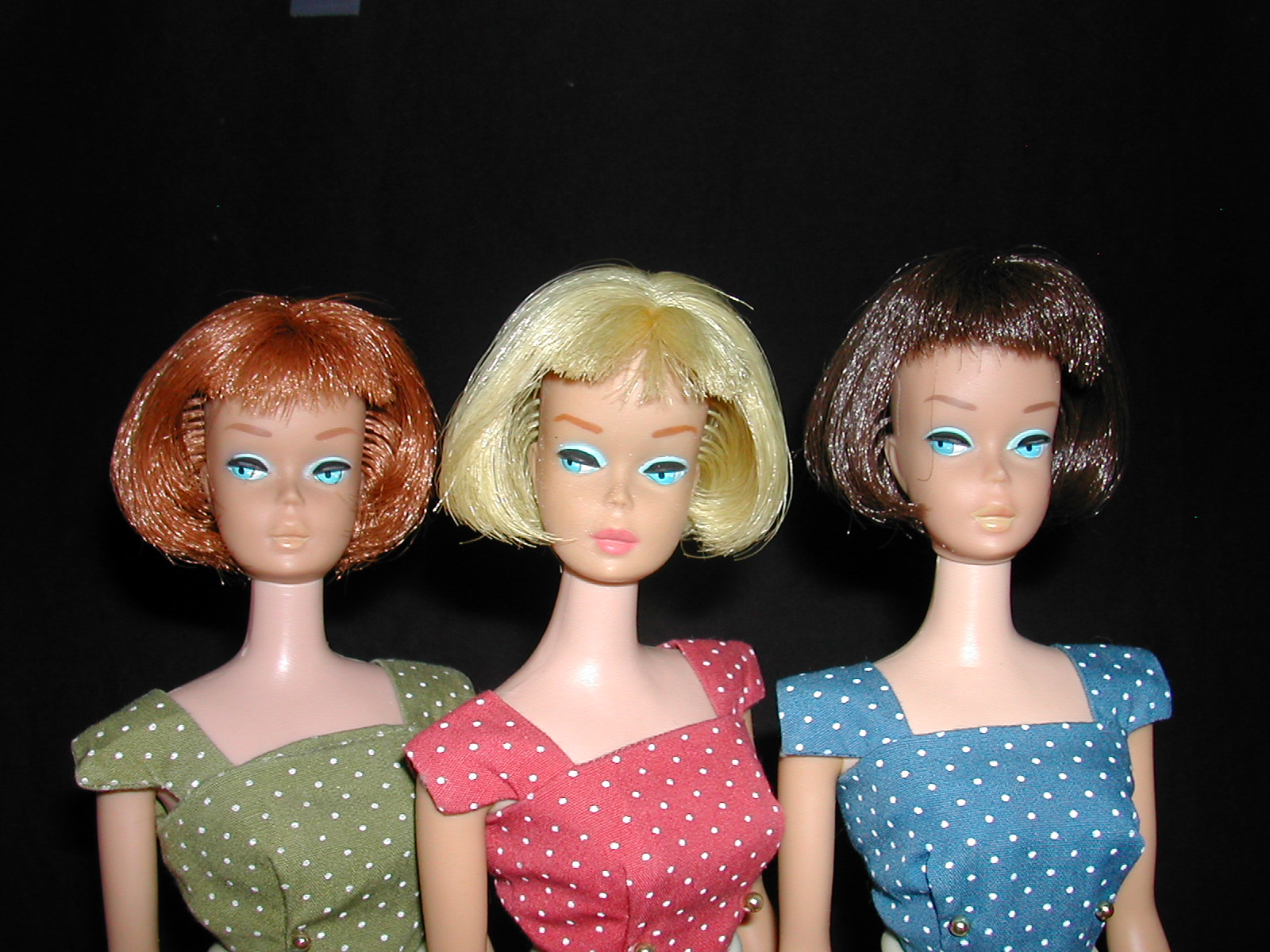I love collectors! People who collect things are interesting, usually adventurous and always happy to share what they know about their collectibles. I’m talking about people who really love the things they collect, not for their monetary value, but for their beauty, function, age, whimsy, uniqueness or variety. People who research the subject and can tell you the who, what, where, why and how about their obsession. Folks that don’t mind tromping through mud or spider webs, and know that even rusted, dirty things have beauty and purpose. Folks who will skip eating lunch out for a month so they can afford the treasure that will make such a great addition to their collection. (I never say complete a collection because who can do that?)
The only time I don’t like collectors is when we go into a house and the family tells us there is “a huge collection of plates from Bradford Exchange” or any of the other “collectibles” from any of the exchanges, mints, or clubs that are modern day companies. The reason I don’t like them? Because these things are marketed and sold as if they are going to increase in value and it’s just not true. You have all seen the ads in Sunday’s paper and in magazines telling folks to “buy now at the incredibly low price of $___ because once we close this offer, the mold will be broken.” (Or pattern retired, plans locked in a vault, yada, yada, yada) The thing they don’t say is that the offer will only be closed when people stop buying them. (So once they hit that 8 million mark, that’s it!) There is no limited run on most things sold as collectibles.
So now I go into a house and mom loved the porcelain babies that look real with beautiful little dresses and life like hair and she never took them out of the box and all of them have the certificates of authenticity that came with them and she paid almost $100 for each one of them…and I have to tell the children that we will be lucky to get $10 each for them. Please don’t misunderstand me though, if you love these things and buy them purely for your enjoyment, by all means, keep right on doing what you love. But don’t let slick ads and pretty pictures make you believe that you are buying “an investment” or a “future rare keepsake”. Also, don’t think that people won’t buy these things; there are collectors out there who love them and only buy them second hand, so they do sell at our sales. But I’ve never sold a modern day collectible for more than its original price. The moral of this story is that just because you call something a collectible doesn’t make it valuable.
Ok, enough tough love, time for fun. I am fascinated by the things people collect so here is a list of some of the more interesting things I’ve heard about and seen:
*Old candy boxes used to display candy in the store. The kind that held 24 Hershey bars and the top lifted off and the bottom one was slipped inside it.
*Postcards, but only ones that were actually used and none newer than 1940
*Original paintings of houses
*Tiny baby dolls, antique, porcelain or bisque but only those small enough to fit in your palm
*Water guns from the 1950’s and 60’s
*Homemade stuffed animals
*Tiny books (the size of a domino or smaller)
*Old game pieces
* Pictures of people with a horse
*Old coat hangers
*Wasp or hornets nests
*Bird’s nests
*Jewelry boxes with ballerinas that twirled
*Cocktail stir sticks
*Pen knives with company logos
*Small screwdrivers (less than 4 inches)
*Barbed wire
*Small animal cages and traps
*Eggs (actual eggs, not plastic or ceramic!)
*Promotional material for products that didn’t make it for one reason or another and of course the actual product if they can find it
*Figurines of great people, works of art, etc.
*Belt buckles that have hidden uses (knives in them, secret compartments)
*Boat paddles, especially homemade ones
*Monkeys doing things that people do (riding a bike, cooking, using a camera)
*Cancelled checks with interesting handwriting, amounts or notations
*Casket pictures
*Unusual kitchen gadgets and serving pieces (silver tray that holds a pickle jar and tongs to retrieve them)
*Wooden clothespins
*Small plastic cake decorations
*Tiny license plate replicas that were to hang on your keychain
*Old boxes of pencil leads
* Toy houses and barns
*Vintage pictures of cowboys and cowgirls
*Homemade Barbie clothes
*Glass eyes
Don’t you just love it?!



































